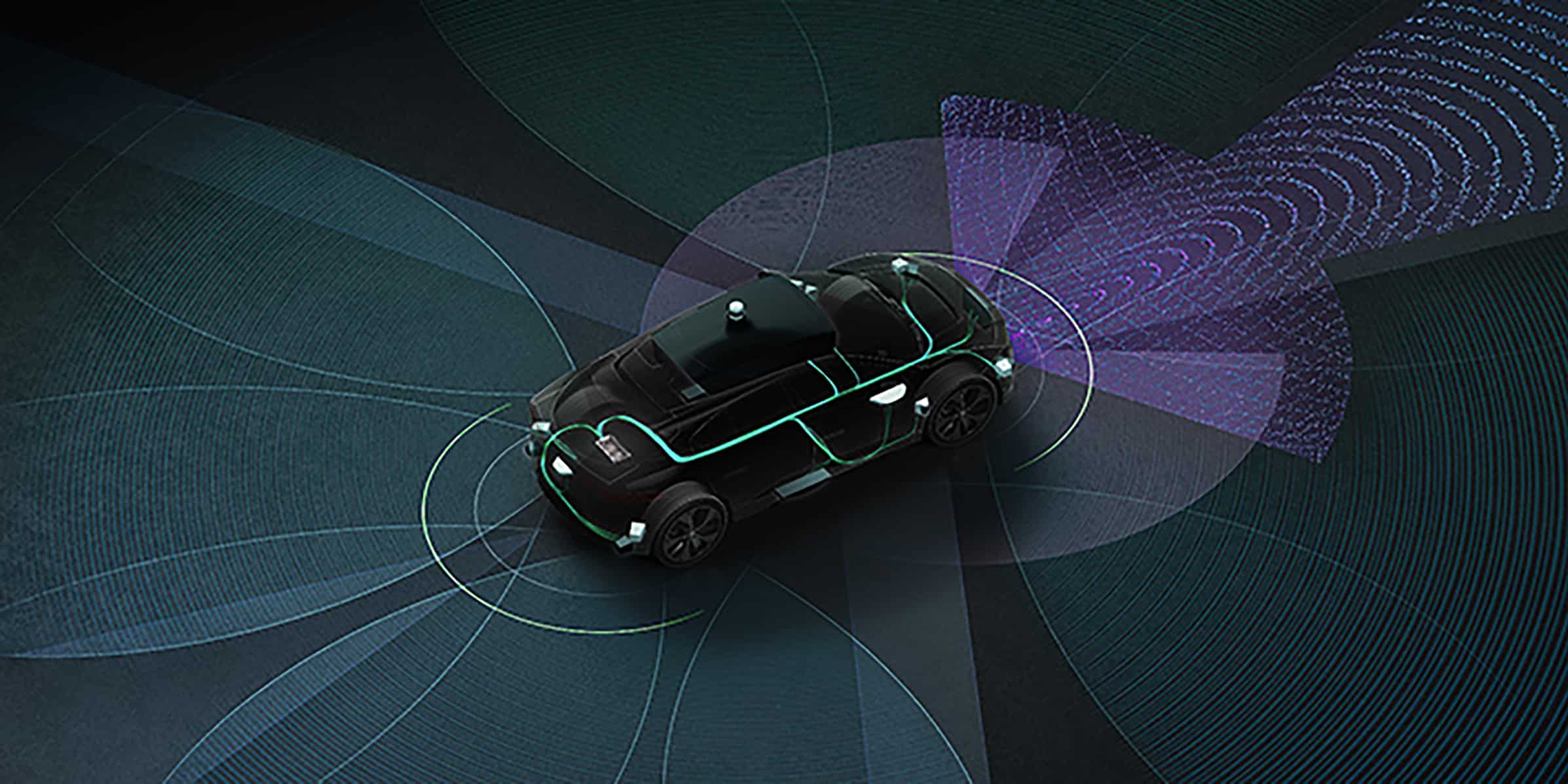As Self-Driving Industry Expands, Americans Split On The Safety Of Autonomous Vehicles, Polls Show
March 30, 2022 | Article by Chain | Cohn | Clark staff | News & Media Social Share

As auto companies race to expand and offer autonomous and self-driving vehicles, the general U.S. adult population remains split — half say they will ride in them in the future while the other half say they would not.
That’s according to polls focused on autonomous vehicles, safety features, and the future of robot-driven cars. This comes as billions of dollars are being pumped into the self-driving industry by companies who say the technology will help reduce the number of crashes on our roadways, and save hundreds of thousands of lives each year.
Here, Chain | Cohn | Clark highlights safety features, industry news, and breaks down the poll results.
AUTONOMOUS SAFETY
Automobile deaths in the United States are higher than any year since 2006, and continue to rise, according to federal statistics, and that doesn’t even take into account pedestrian and bicycle accidents. Safety experts blamed the rising deaths on reckless drivers, speeding, impaired driving, while also not wearing seat belts. One solution to reduce the amount of crashes could be to reduce the number of humans behind the wheel. After all, 94 percent of crashes are caused by human error, according to U.S. Department of Transportation.
Autonomous vehicles could significantly reduce traffic accidents and save more than half a million lives annually, and eliminate the need to use police resources to enforce traffic safety laws, according to studies. How? Autonomous vehicles use sensors like cameras, radar, and GPS to scan, collect and send data to the main system. As the car moves, data feed the “brain,” of the system. Decisions are made almost instantaneously based on the data the system receives.
The Insurance Institute for Highway Safety reviewed and separated driver-related factors that contributed to the crashes into five categories:
- “Sensing and perceiving” errors included things like driver distraction, impeded visibility and failing to recognize hazards before it was too late.
- “Predicting” errors occurred when drivers misjudged a gap in traffic, incorrectly estimated how fast another vehicle was going or made an incorrect assumption about what another road user was going to do.
- “Planning and deciding” errors included driving too fast or too slow for the road conditions, driving aggressively or leaving too little following distance from the vehicle ahead.
- “Execution and performance” errors included inadequate or incorrect evasive maneuvers, overcompensation and other mistakes in controlling the vehicle.
- “Incapacitation” involved impairment due to alcohol or drug use, medical problems or falling asleep at the wheel.
INVESTEMENT, LEGISLATION
Several companies are investing heavily in the self-driving technology. Cruise, Tesla, Alphabet Inc’s Waymo, and Aurora Innovation Inc. are among many companies aiming to deploy fully autonomous vehicle technology in the United States within the next few years, and they are under pressure to start generating revenue from billions of dollars of engineering investment over the past decade, according to reports. For example, SoftBank Group Corp said it would invest $1.35 billion in anticipation of Cruise launching commercial robo-taxi operations.
Proposed legislation to create a national framework of rules to govern autonomous vehicles remains stalled in Congress at the moment. But autonomous vehicle companies are already deploying robo-taxis or self-driving trucks in some states, including Arizona and Texas.
In the meantime, National Highway Traffic Safety Administration, which oversees vehicle safety in the United States, has put forward voluntary guidelines and last year required companies to report accidents involving automated driving systems.
In December, NHTSA opened a review of a feature that allowed Tesla models to play videos over dashboard screens, and last August opened a formal investigation of the Autopilot driver assistance systems in 765,000 U.S. vehicles after a series of incidents in which Teslas collided with emergency vehicles.
“I would be shocked if we do not achieve full self-driving safer than a human this year,” Musk said.
SURVEY SAYS
A recent survey by Morning Consult found that 37% of U.S. adults said they may ride in an autonomous vehicle in the future and 34% said they would not. About 17% believe autonomous vehicles are as safe as cars driven by humans, up from 8% in 2018. in short, the public has safety concerns about autonomous vehicles, though Americans’ interest in the cars has risen slightly compared to a few years ago. Here’s how else the poll broke down:
- 47% of U.S. adults said they believe autonomous vehicles are less safe than cars driven by humans, down slightly from the 50% who said the same in a March-April 2018.
- 17% of adults believe autonomous vehicles are as safe as regular cars driven by humans, up from 8% who said the same in 2018.
- 23% of adults said they would ride in autonomous vehicles, up from 19% who said the same in 2018.
- 45% said they had heard “a lot” or “some” information about autonomous vehicle crashes, while 49% had encountered the same amount of information about the crashes with that technology enabled.
- 35% said they have at least some level of trust in autonomous vehicles, while 64% had little or no trust at all.
- 32% said they would be at least somewhat interested in purchasing an autonomous vehicle in the next 10 years, compared to 68% who said they are not interested.
———
If you or someone you know is injured in an accident at the fault of someone else, or injured on the job no matter whose fault it is, contact the attorneys at Chain | Cohn | Clark by calling (661) 323-4000, or fill out a free consultation form, text, or chat with us at chainlaw.com.
